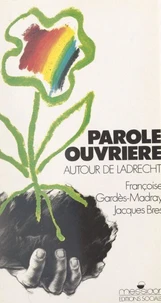The present book focuses on evolution in the Romance verbal systems. In the wake of Bybee's and Dahl's studies, it advocates the benefits of adopting a cross-linguistic and diachronic approach to the study of linguistic phenomena. Within the scope of the Romance family, similar cross-linguistic evolution paths are explored, as related languages at different stages of grammaticalisation may shed light on each other's developments.
A diachronic dimension also proves desirable for several reasons. First, a diachronic approach significantly enhances the explanatory power of linguistic theory by showing how a specific form came to convey a certain function. Second, change is better revealed in diachronic movement than in static synchrony. Third, meaning constantly evolves and a one-off probe will be less revealing than a sustained study through time.
Finally and most importantly, similarities across languages appear more obviously in diachrony. All the chapters of this volume participate in their own way to that crosslinguistic and diachronic approach and help make it an original, focused contribution that covers all main Romance languages.
The present book focuses on evolution in the Romance verbal systems. In the wake of Bybee's and Dahl's studies, it advocates the benefits of adopting a cross-linguistic and diachronic approach to the study of linguistic phenomena. Within the scope of the Romance family, similar cross-linguistic evolution paths are explored, as related languages at different stages of grammaticalisation may shed light on each other's developments.
A diachronic dimension also proves desirable for several reasons. First, a diachronic approach significantly enhances the explanatory power of linguistic theory by showing how a specific form came to convey a certain function. Second, change is better revealed in diachronic movement than in static synchrony. Third, meaning constantly evolves and a one-off probe will be less revealing than a sustained study through time.
Finally and most importantly, similarities across languages appear more obviously in diachrony. All the chapters of this volume participate in their own way to that crosslinguistic and diachronic approach and help make it an original, focused contribution that covers all main Romance languages.
